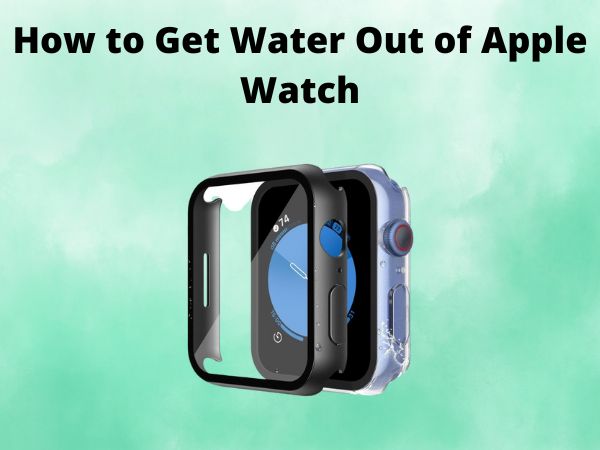How to Get Rid of Water Moccasins [from Your Property]
Dealing with water moccasins on your property can be daunting. Whether you’re an avid nature lover or simply want to ensure safety around your home, understanding how to effectively and humanely manage these reptiles is crucial. This comprehensive guide will provide you with everything you need to know. Let’s dive in!
Table of Contents
Understanding Water Moccasins
What Are Water Moccasins?
Water moccasins, also known as cottonmouths, are venomous snakes commonly found in the southeastern United States. They are often misunderstood due to their aggressive reputation, but knowing more about them can help you manage their presence safely.
Identifying Water Moccasins
How do you spot a water moccasin? Look for a thick, muscular body with a dark, olive, or tan coloration. Their triangular heads and elliptical pupils are giveaways. Remember, not every snake near water is a cottonmouth.
Potential Dangers of Water Moccasins
Health Risks
While their bites can be painful and require medical attention, they are rarely fatal to humans. However, it’s crucial to maintain awareness and caution around them, especially if you have pets or curious children.
Property Concerns
Beyond health, the presence of water moccasins can deter from the enjoyment of your property. Who wants to worry about stepping on a snake while gardening or fishing in their own pond?
Preventive Measures
Maintain a Clean Yard
Snakes love clutter. By keeping your yard free of debris, tall grass, and piles of leaves, you make it less inviting for them to take residence. It’s like rolling up a welcome mat!
Secure Water Sources
Water moccasins are aptly named—they love water. Ensuring ponds, streams, and other bodies of water are well-managed can help minimize their attraction to your property.
Effective Removal Strategies
Using Snake Traps
For those uncomfortable with direct interaction, snake traps are an excellent option. They are humane and can effectively capture the snake for relocation.
Engage Professional Wildlife Control
When in doubt, call in the pros. Wildlife control experts are trained to handle these situations safely. It’s like having a snake-busting superhero on speed dial!
Natural Deterrents
Nature can help fend off these slithery visitors. Natural repellents, such as clove or cinnamon oil, can create an unappealing scent barrier for snakes.
Legal and Ethical Considerations
Know the Law
Before taking any drastic measures, check local wildlife laws to ensure compliance. Some areas may have restrictions on removing or harming these snakes.
Ethical Approaches
It’s vital to approach the situation with respect for wildlife. Snakes play important roles in ecosystems, and humane removal is always the most responsible solution.
Conclusion
Water moccasins, while intimidating to some, are a part of the natural landscape. By understanding their habits, maintaining a tidy property, and using humane removal methods, you can coexist safely with these fascinating creatures. Remember, preparation and knowledge are your best tools to deter unwanted snakes from your property.
FAQs
Are water moccasins aggressive towards humans?
While they can appear aggressive, water moccasins generally prefer to avoid humans unless threatened. It’s best to give them space and avoid provoking them.
Can water moccasins climb trees?
Unlike some other snake species, water moccasins are not known for climbing trees. They primarily stay on the ground or water.
What times of the year are water moccasins most active?
They are most active during spring and summer when temperatures are warmer. They tend to be less active in the fall and winter months.
How can I tell if a water moccasin is near water?
Water moccasins often bask on logs or rocks near water. Look for their distinctive coloration and size, particularly if they are in or around aquatic environments.
What should I do if bitten by a water moccasin?
If bitten, remain calm and seek medical attention immediately. Avoid trying to suck out venom or applying a tourniquet as these can worsen the injury.

![What Is The Best Water Filter System for Apartment [In 2025]](https://bathroomexplorer.com/wp-content/uploads/2025/07/Best-Water-Filter-System-for-Apartment.jpg)
![What Is The Best Water Bottles for the Beach [In 2025]](https://bathroomexplorer.com/wp-content/uploads/2025/08/Best-Water-Bottles-for-the-Beach.jpg)
